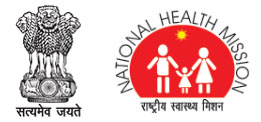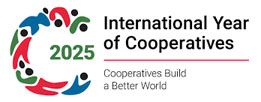According to the Census of India 2011, Scheduled Tribes Population numbers 104 million and constitutes 8.6% of the country’s total population. The Indian Constitution recognises the special status of the tribal communities and affords them special protections, ensured through distinct political-administrative set up via Schedule V and VI of the Constitution.
At present there are 705 different Scheduled Tribes in the country. Almost 90% of the tribal population lives in rural areas. There are 169 districts in which the ST population constitutes more than 20 percent of the population, and 809 blocks where the ST population is more than 50 percent. In India, the tribal habitations are scattered across large areas with poor access to basic health necessities. Therefore, it is observed that tribal people have remained marginal, with poor health, unmet needs and a poor population: provider ratio. The various factors attributed to poor tribal health outcomes in India are habitat, difficult terrain, ecologically variable niches, illiteracy, poverty, isolation, superstition and deforestation.
The United Nations Declaration on the Rights of Indigenous Peoples (tribal populations) refers specifically to the right to health (articles 21, 23, 24 and 29), with particular attention to the needs of indigenous elders, women, youth, children and persons with disabilities. It states that indigenous peoples have the right to be actively involved in developing and determining their health programmes, the right to their traditional medicines, maintain their health practices, and the equal right to the enjoyment of the highest attainable standard of physical and mental health.


